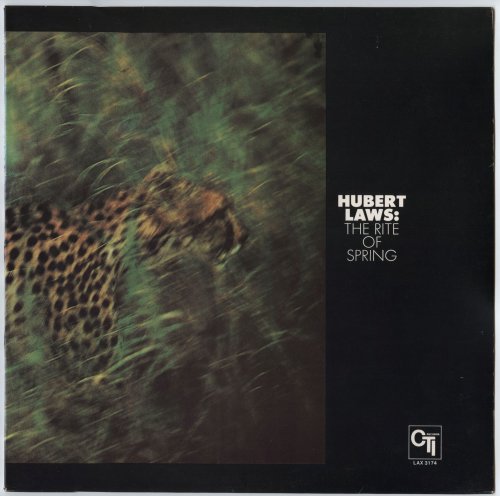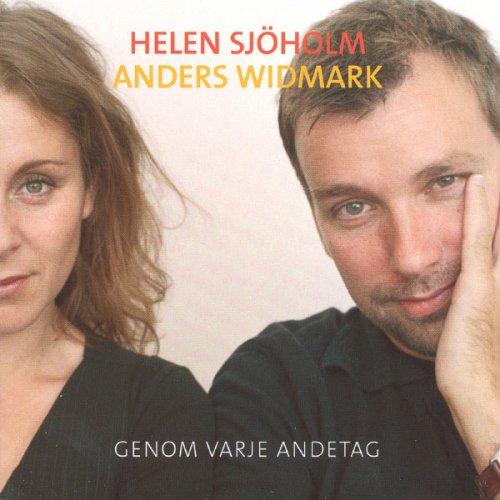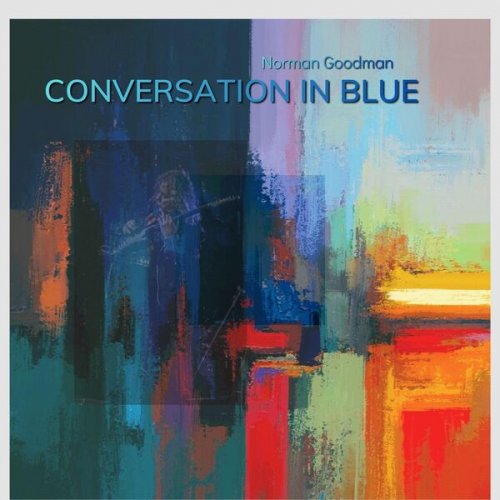Hubert Laws - The Rite Of Spring (1972) [Vinyl]

Artist: Hubert Laws
Title: The Rite Of Spring
Year Of Release: 1972
Label: CTI Records
Genre: Jazz, Classical
Quality: FLAC (image + .cue, artwork) [192kHz/24bit]
Total Time: 30:29 min
Total Size: 1.11 GB
WebSite: Album Preview
Tracklist:Title: The Rite Of Spring
Year Of Release: 1972
Label: CTI Records
Genre: Jazz, Classical
Quality: FLAC (image + .cue, artwork) [192kHz/24bit]
Total Time: 30:29 min
Total Size: 1.11 GB
WebSite: Album Preview
A1 Pavane [7:40]
A2 The Rite Of Spring [8:56]
B1 Syrinx [3:30]
B2 Brandenburg Concerto No.3 (First Movement) [5:57]
B3 Brandenburg Concerto No.3 (Second Movement) [4:27]
Long before Wynton decided he could play classical chops as well as the real long-haired interpreters, even though he was a jazz musician, Hubert Laws and his partners at CTI gave it a run with a jazz twist, and for the most part with a far more adventurous repertoire. Unfortunately, the results were just about as thrilling as Wynton's, with a few notable exceptions. For whatever reason, flutist Hubert Laws, known for his soul-jazz deftness, decided to take on handful of classical texts with the help of Bob James on piano, harpsichord, and electric piano; bassist Ron Carter, who doubles on cello; and drummer Jack DeJohnette, along with percussionists Airto and David Friedman, a pair of classical guitarists, and a trio of bassoonists. The program ranges from Debussy's lovely "Syrinx" and Faure's "Pavane," to Stravinsky on the title cut and two movements of the third Brandberg Concerto by Bach. The problem with so much variation and ambition is that it's bound to get caught up somewhere. That catching place is in the articulation of the actual transcriptions. They are stiff, rigid, oddly intoned, and lackluster -- except in Debussy's "Syrinx," which is gorgeous throughout with its strange meter and lilting cadence. On the rest, the only place the tunes work is in the sections where the players engage in jazz improvisation upon the score, which is a swirling, engaging free-for-all of color, texture, and nuance. But since this happens so irregularly, the pieces just seem to grate on the listener. This is a brave but ultimately failed experiment. -- Thom Jurek








